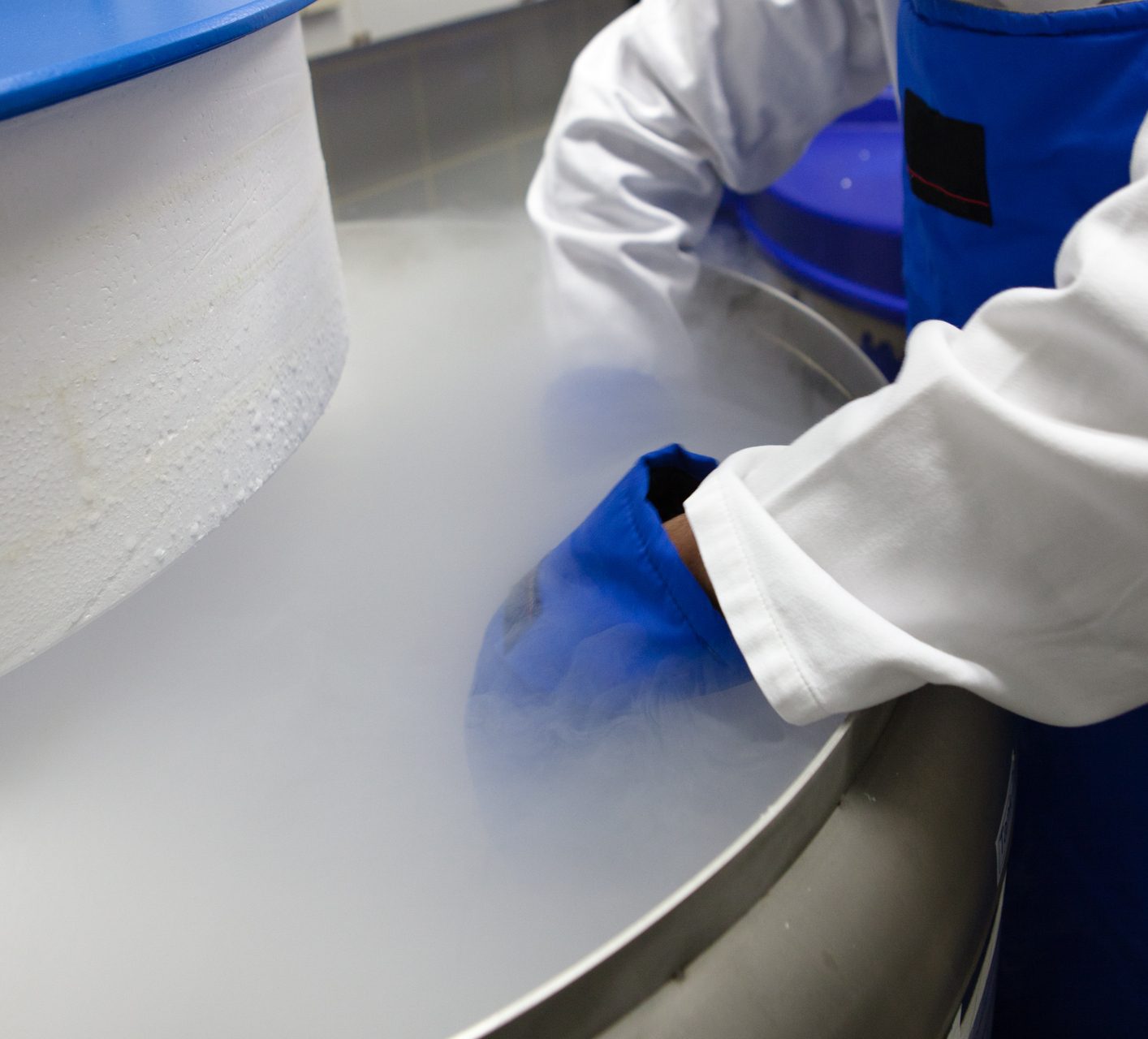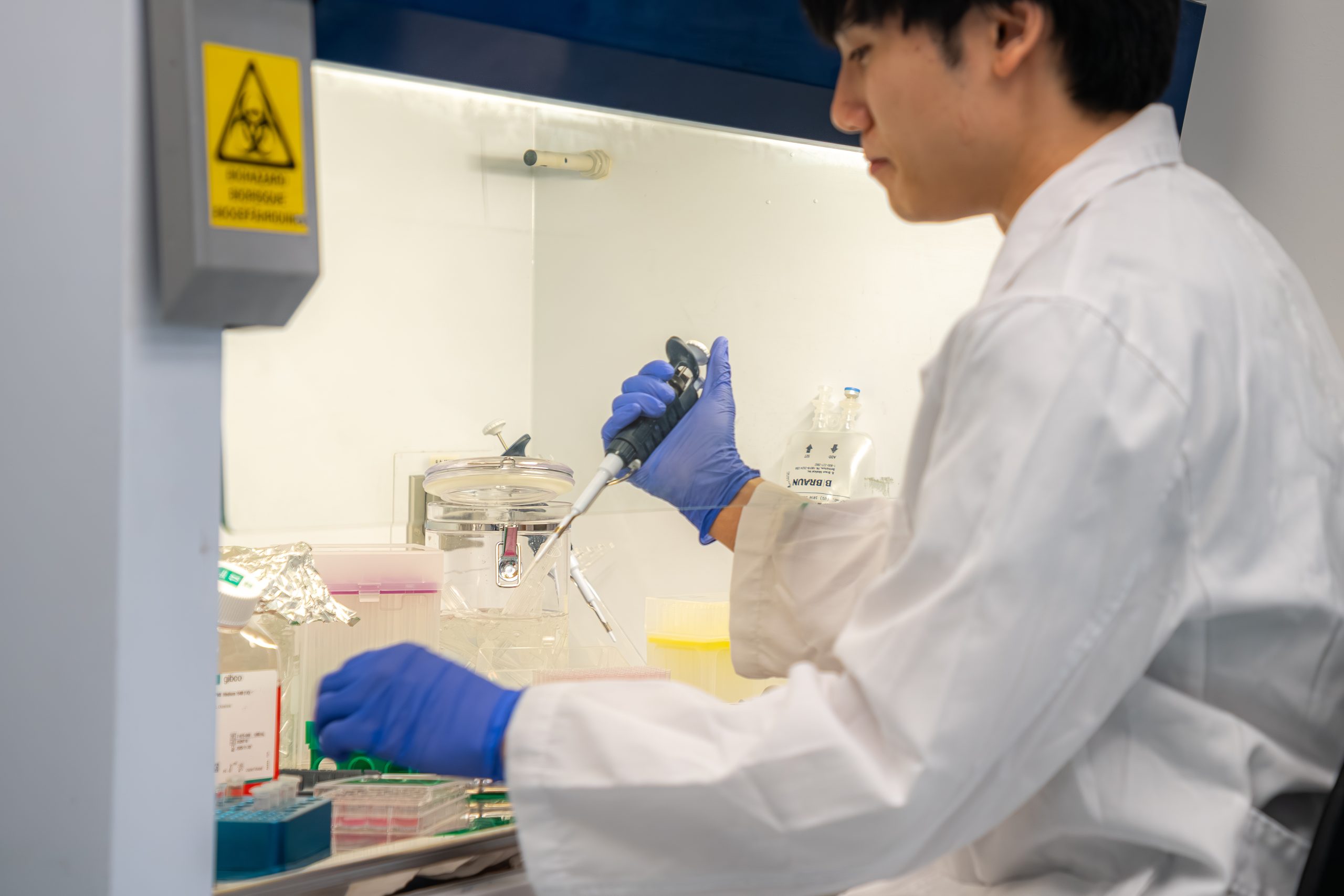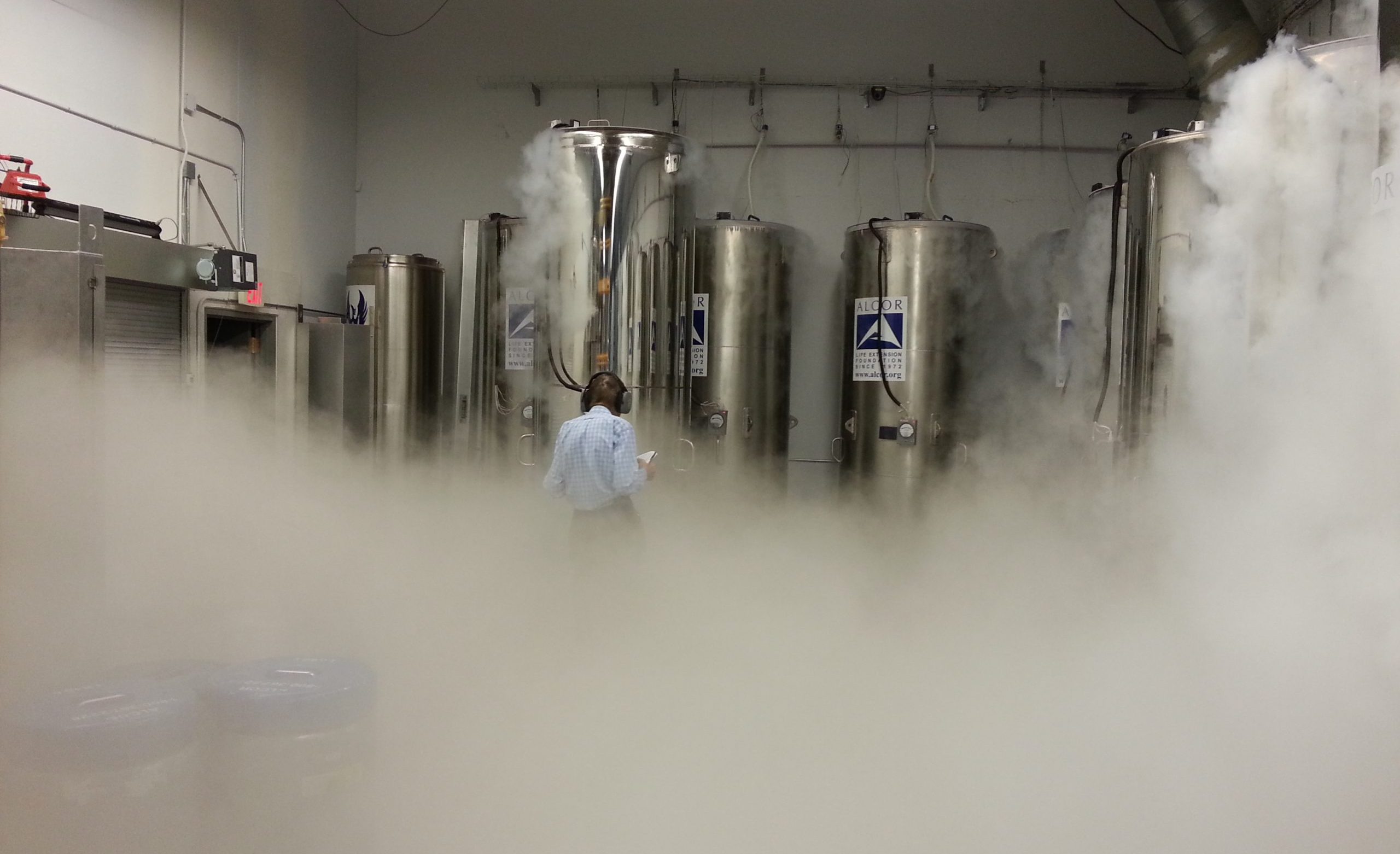Human embryos are routinely cryopreserved for years at ultra-low temperatures. Through IVF and fertility treatments, these embryos later develop into healthy humans. Similarly, there are documented cases of individuals successfully revived after hours without vital signs due to extreme cold exposure. These biological precedents, found throughout the animal kingdom, indicate that life processes can be paused and resumed when biology is properly preserved.














